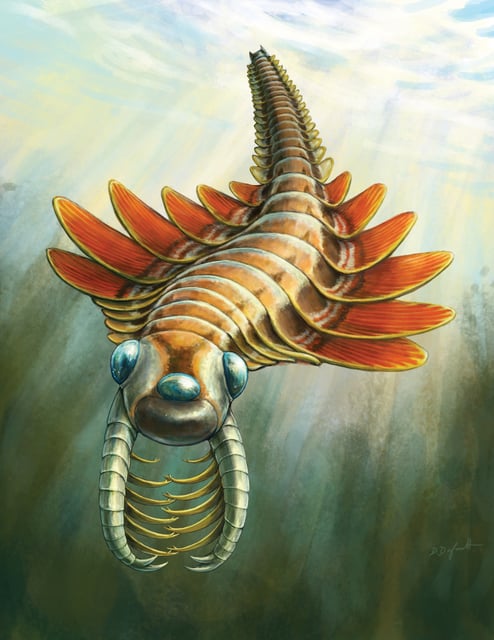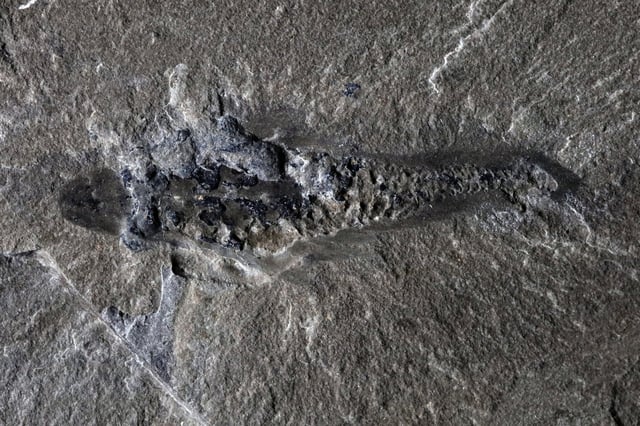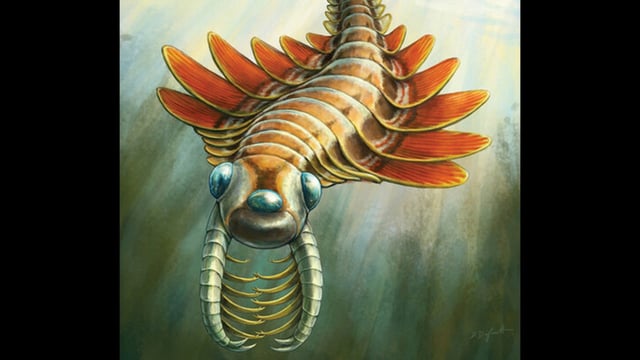Overview
- Mosura fentoni, formally described in Royal Society Open Science on May 13, 2025, is a 506-million-year-old radiodont predator discovered in Canada’s Burgess Shale.
- The species features three eyes, spiny claws, a tooth-lined circular mouth, and broad swimming flaps, distinguishing it as a member of the extinct radiodont lineage.
- A unique posterior region with 16 gilled segments highlights evolutionary convergence with modern arthropods like insects and horseshoe crabs.
- Exceptional fossil preservation reveals soft-tissue details, including elements of the nervous, circulatory, and digestive systems, providing rare insights into Cambrian anatomy.
- Researchers emphasize the critical role of museum collections, with 61 Mosura fossils collected between 1975 and 2022, slated for public exhibition later this year.


